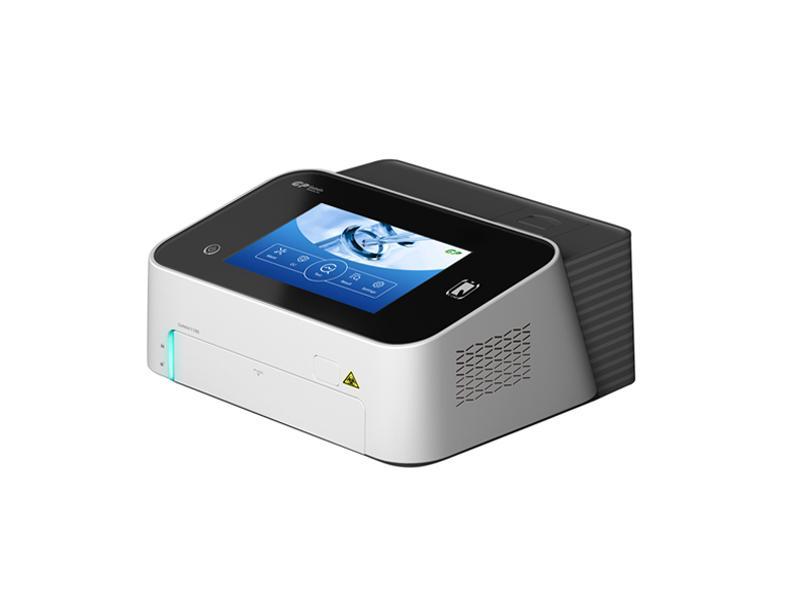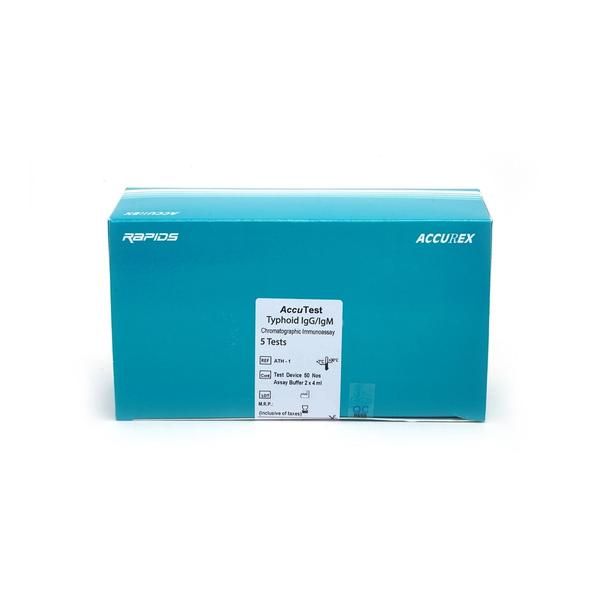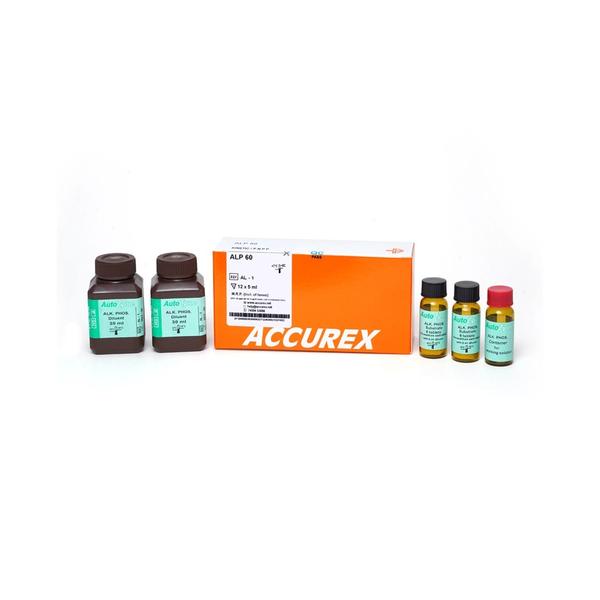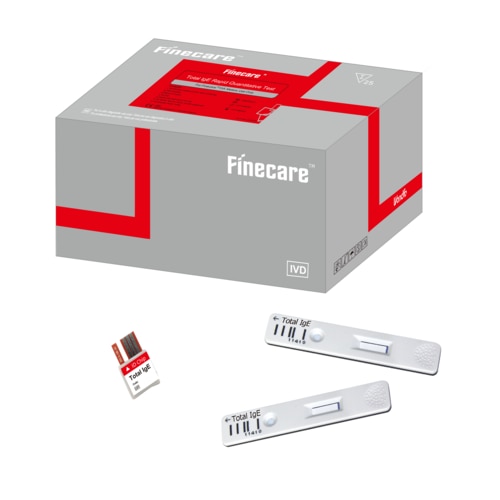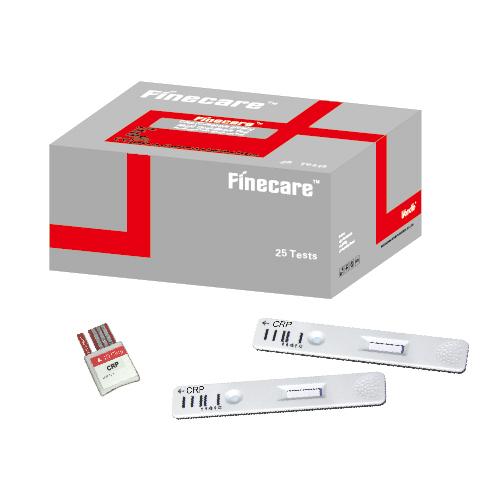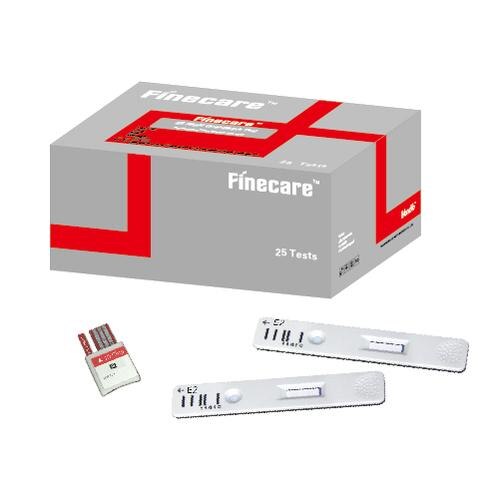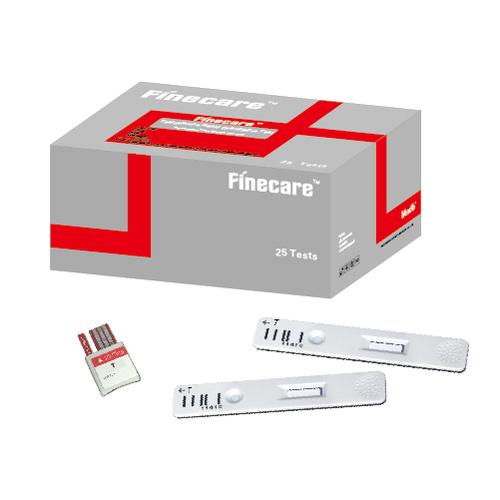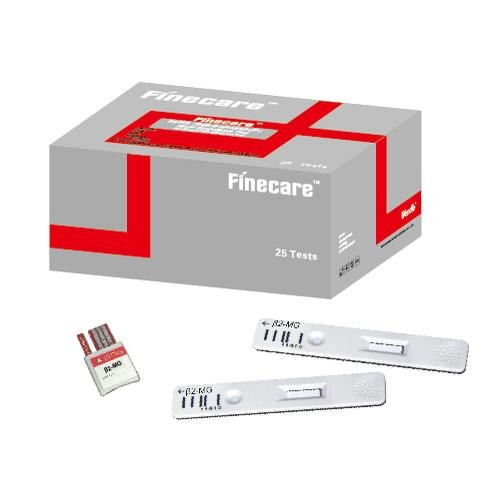Getein 1180 Immunofluorescence Quantitative Analyzer is used to measure the concentration of biomarkers in human whole blood, serum, plasma, urine, nasal swab, or saliva samples. Getein 1180 Immunofluorescence Quantitative Analyzer (hereinafter called Getein 1180) is an analyzer for processing and analysis of Getein test kits including biomarkers for cardiovascular diseases, renal function, inflammation, fertility, diabetes mellitus, bone metabolism, tumor, and thyroid function, etc. Getein 1180 is used to measure the concentration of biomarkers in human whole blood, serum, plasma, urine, nasal swab, or saliva samples. The results can be used as an aid in clinical diagnosis of laboratory and point-of-care testing. It is applicable in Emergency, Clinical labs, Outpatient, ICU, CCU, Cardiology, Ambulance, Inpatient Wards, etc.
Send Message